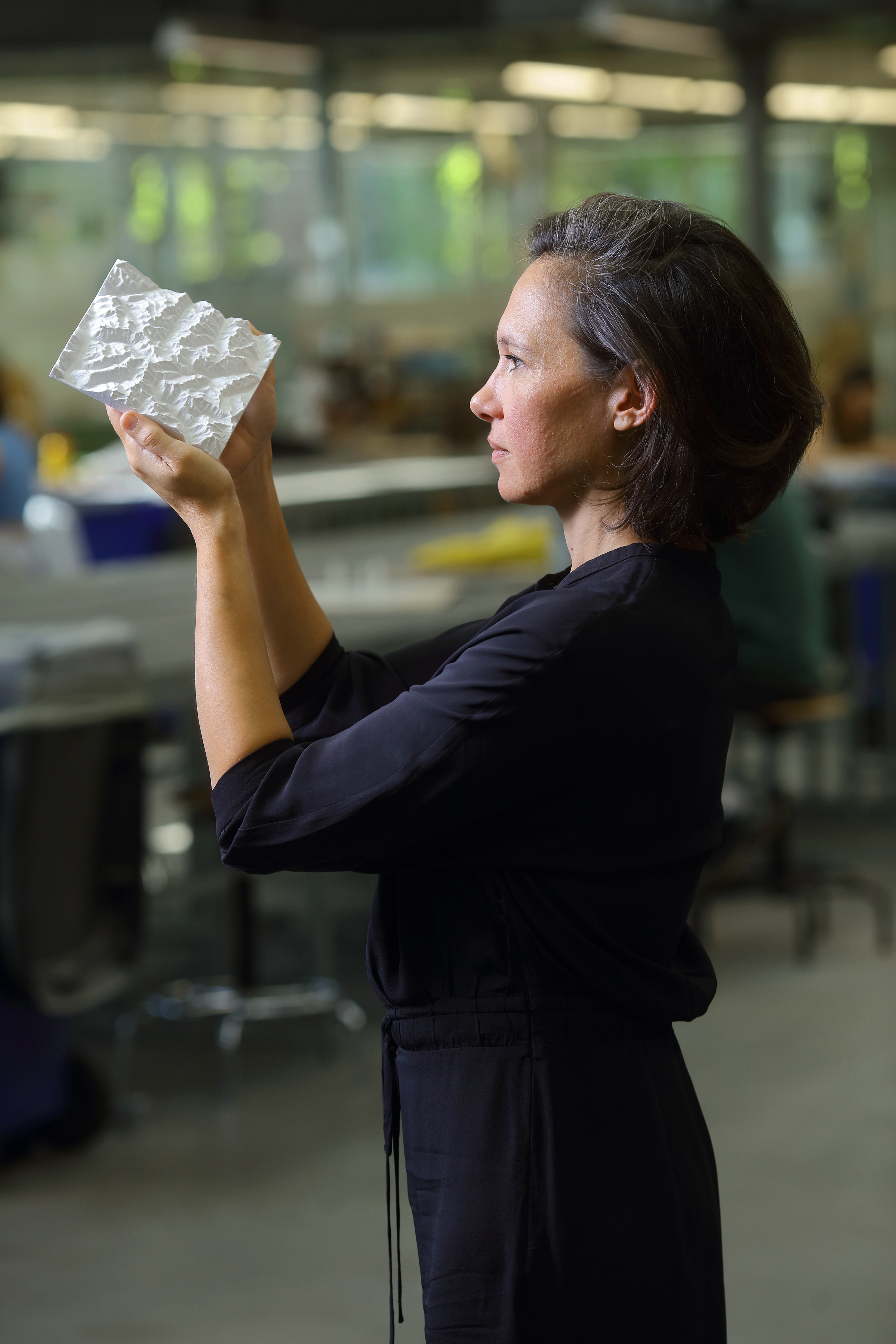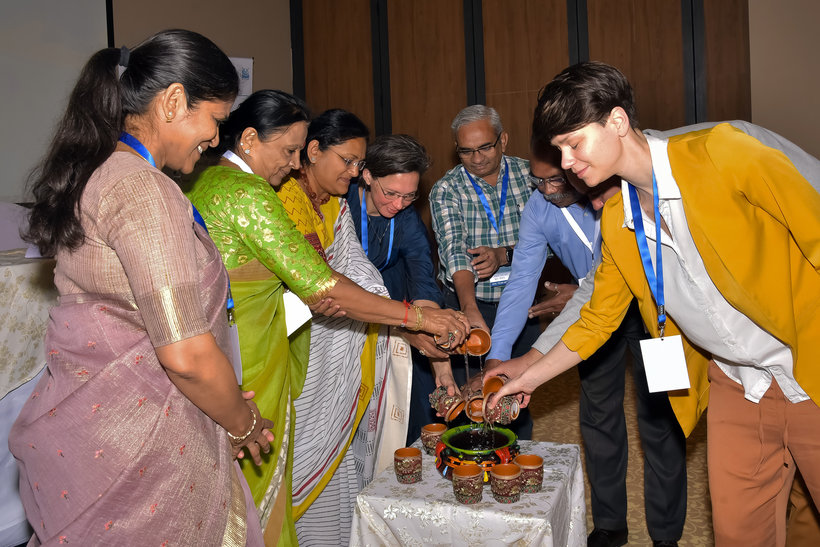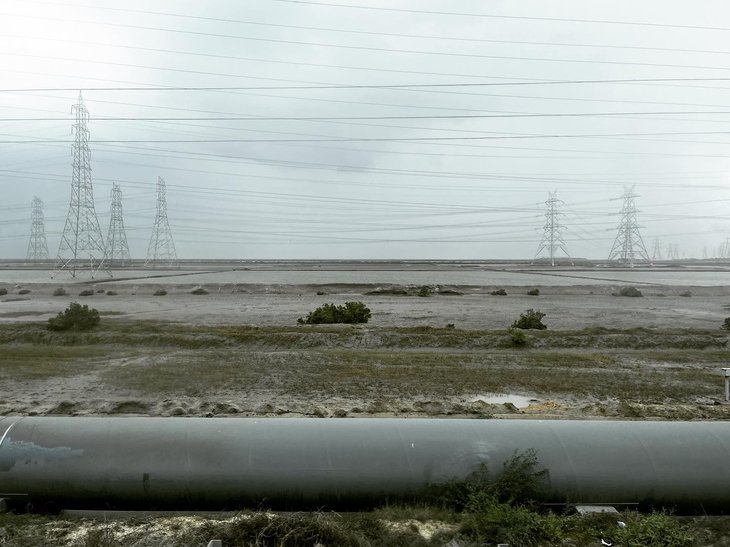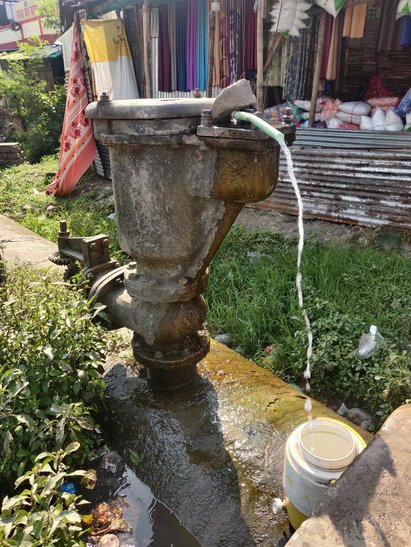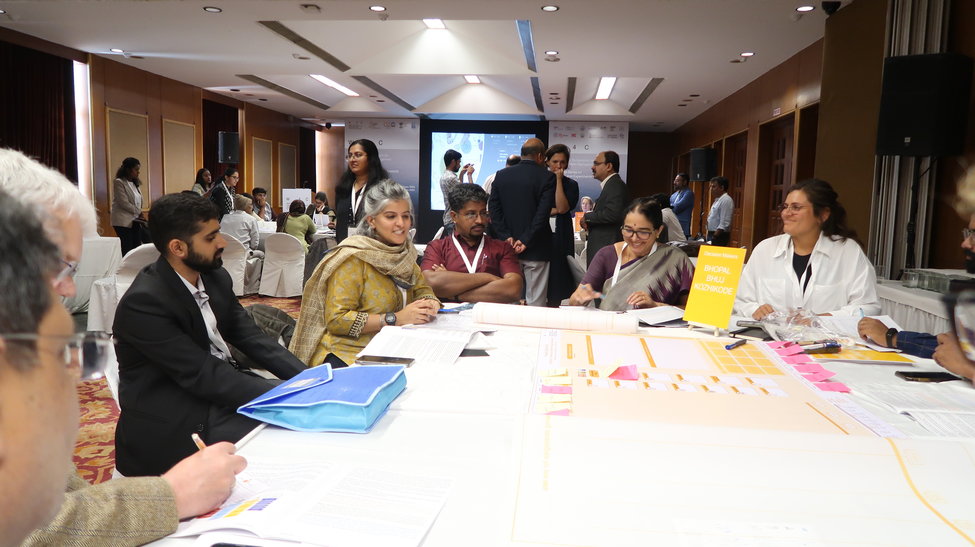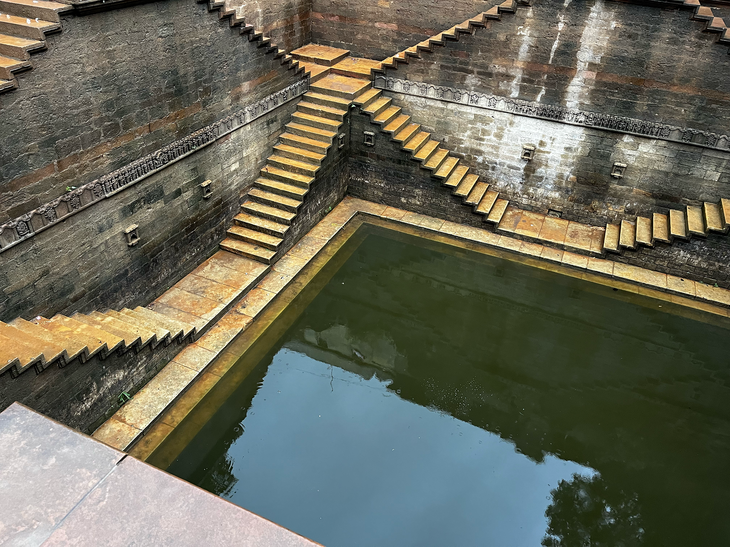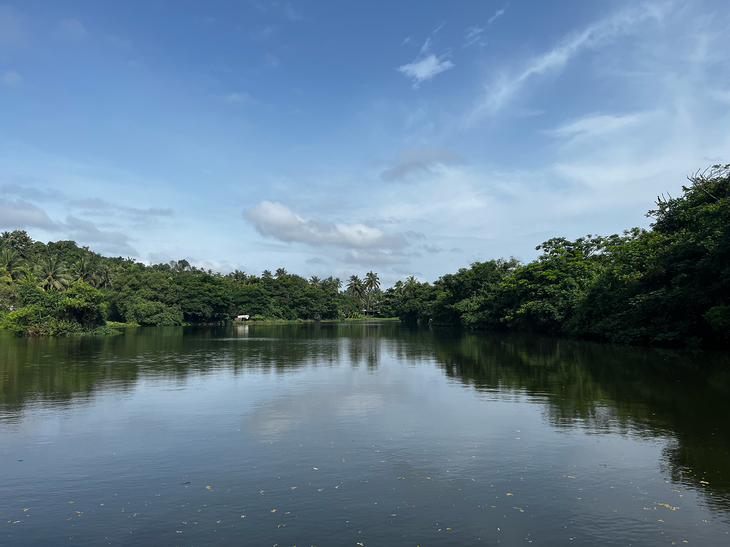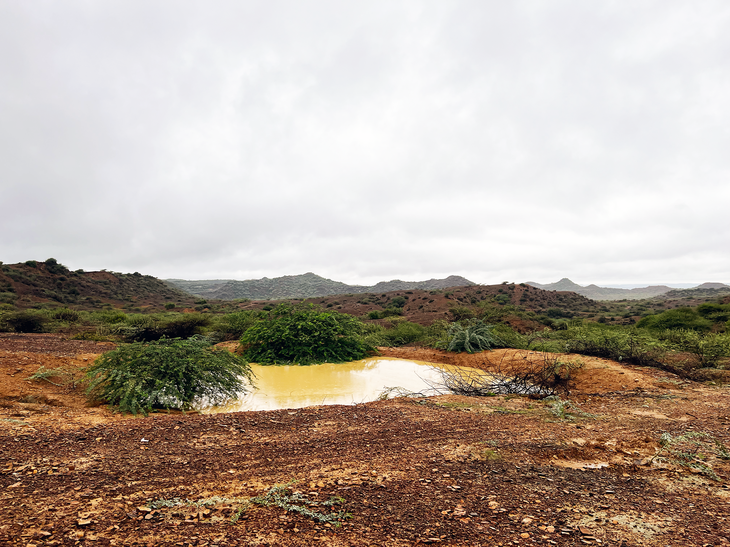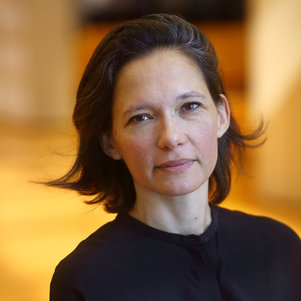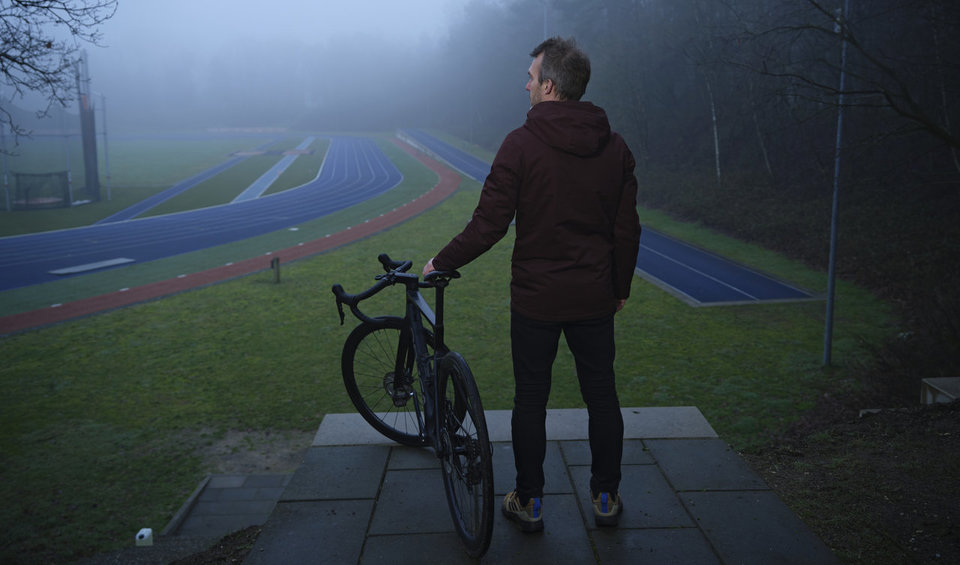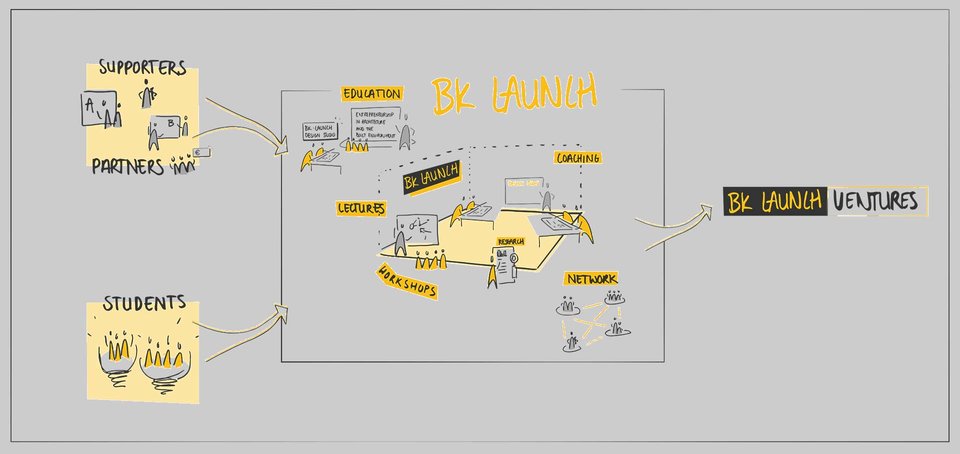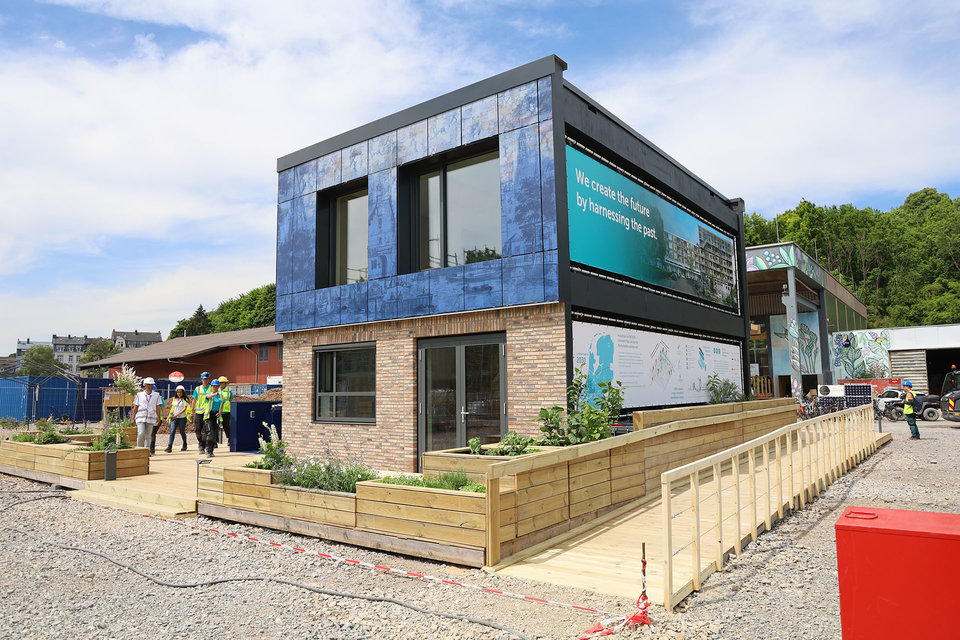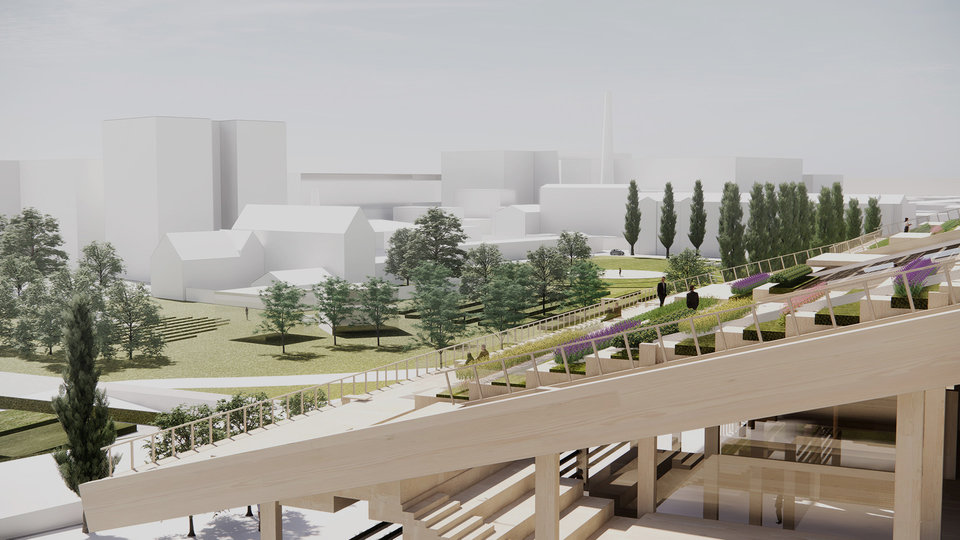Wherever cities grow fast, pressures on both the natural and the built environment and their inhabitants tend to increase. Heightening sensitivity to the various functions and shapes of water in the urban design practice as well as among public authorities, NGOs and particular citizen groups could help achieve sustainable and just urban transitions. In the Water4Change programme Dutch and Indian researchers in various disciplines join forces to match sensible design with good governance.
The Water4Change (W4C) programme runs from 2019 to 2024 and revolves around three secondary cities spread across the Indian subcontinent. Bhuj in the far northwest has to deal with an arid climate. The more centrally situated Bhopal has developed alongside Upper Lake, which serves as a catchment and major source of urban drinking water. Kozhikode in the south is a coastal and port city that has functioned as a junction of international spice trade routes for centuries. “Geophysical and climatic conditions differ greatly”, says Dutch programme director Taneha Kuzniecow Bacchin, “yet these and other secondary cities all face major challenges including rapid urbanisation and increasing risks of flooding, water scarcity, pollution as well as associated spatial inequality. Contemporary and intersecting socio-ecological trends and the climate emergency call for an urgent repositioning of spatial design disciplines. Addressing these challenges are at the heart of W4C's research.
Heavy storms
Taneha was trained as an architect and urban designer first in native Brazil and then in Italy. She worked as a professional designer in offices in Italy and Denmark, before coming to the Netherlands to conduct PhD-research on flood risk sensitivity of urban landscape design. “This involved the UNESCO-IHE Delft Institute for Water Education, the Faculty of Architecture and the Built Environment at Delft University of Technology and University College London’s Faculty of the Built Environment, The Bartlett.” Her academic career has focused on the agency of urban design under extreme climatic conditions, from arctic regions to the global south. Growing up in a Brazilian deltaic city frequently haunted by heavy thunderstorms, flood risk was part of her life, she explains. “Such weather events have certainly shaped my interests. I have been trying to understand how the threat of environmental crises relates to the nature of the built environment ever since.”
Water sensitive design
The concept of water sensitive urban design, by which the entire urban water cycle from rainfall to drinking water and drainage is integrated into spatial design, planning and governance, serves as a key principle. Taneha: “We look at present as well as past urban water management practices and design, taking into consideration the composition of the landscape and its potential to accommodate and perform different functions such as draining excess water and supplying fresh water.”
Restoring this potential is one way to achieve water sensitivity. “In Bhuj the precolonial water system was designed to collect and store rainwater during the monsoon season, contributing to both water security and safety. This took place by means of a network of lakes, ponds, wells, channels and canals inside the city and its catchment area.” Through urbanisation available space for buffering water was however increasingly encroached on and the water harvesting and storage system, so intertwined with the landscape, was lost.
A great effort has therefore been made to mapping the history of water management in the three cities. “We need an increased understanding and appreciation of designs and infrastructure that have disappeared”, Taneha argues, “including their alignment to natural processes and governance models. How did land, water and climate interaction lead to specific spatial arrangements? How was space used?”
Besides a retrieval of lost infrastructure, sensitivity, skills and space, the Water4Change consortium seeks to achieve an even flow of knowledge between various domains. Taneha: “How are environmental and civil engineering, landscape architecture, urban design and planning and social sciences and policy making hindering or helping each other?” Experts in transition management from DRIFT Research Institute in Rotterdam are addressing this question. “Can co-designing with different stakeholders, ranging from district authorities and NGOs to local fishermen and paddy field farmers, spark changes in attitude and behaviour that support or help to accelerate a shift towards a water-sensitive society?”
Cultural context
The ongoing influence of a caste system and the coexistence of diverse languages, spiritual and religious values and believes make Indian society socially and culturally stratified. Moreover, every region in India has its own traditional water harvesting techniques that reflect the geographical peculiarities and cultural uniqueness of the region. Does water sensitivity also imply cultural sensitivity? “Absolutely. Analysing historical practices involves retrieving local, often indigenous knowledge and expertise as well as unlearning colonial and post-colonial ideologies and practices that haven been transposed from other contexts and are detached from the actual conditions on site.” Moreover, for many, water and nature in general are spiritually significant. “They are experienced subjectively rather than as merely physical elements that require control and management.” This context has to be taken into account, Taneha emphasises. “Through our co-design sessions involving city stakeholders and our team of scientists, and through the resulting research projects conducted by each of our thirteen PhD researchers, a constant effort is made to ground pathways towards urban water systems that are both climate-resilient and equitable, fostering a society that values water sensitivity. For this, collaborative fieldwork is crucial.”
She recollects visiting a pristine mangrove landscape near Kozhikode, a sacred Hindu site, which certainly helped the western researchers present to better grasp the spiritual value placed on the landscape. “When we kicked off the consortium, we were still able to meet each other physically. By starting out with a ‘sandpit’ process, so on equal footing and with an open mind, we quickly became a close-knit community.” Soon after, the coronavirus pandemic drastically limited the action radius. “In 2022, after all the restrictions had been lifted, everybody was so happy to be able to work together on site once again. Given the project’s objective to be fully reflective of local conditions in close interaction with stakeholders, we all want to be there.”
Compass
When in 2024 the programme comes to an end, the results of all the research and fieldwork will be presented in various ways. A framework for transition management and design guidelines will be provided for each city, accompanied by comprehensive city atlases. Taneha explains: “These atlases are structured with historical, geographic and spatial analyses, supporting interpretation of the interplay between society and the physical environment. These dynamic relations influence water practices across time and space. Understanding this interrelationship helps envision and project potential future directions.” The programme is also to yield an integrated knowledge framework in the shape of an open digital platform. The platform supports the decision making process with regard to water sensitivity pathways in secondary cities in India and similar settings. “It relates different knowledge domains and links the water sensitivity goals set by the programme partners and stakeholders to actions and actors for each city.” The framework addresses all levels of stakeholders from citizens to district authorities and can be accessed through different interfaces by various user groups. “So different users are able to determine the course of potential transition pathways as fit their purposes.” Aptly enough, the interface is graphically shaped as a compass.
A dedicated session on the project at the UN 2023 Water Conference and media coverage in India have furthered its expected outcomes and impact, says Taneha. “Water4Change isn't just about problem solving; it's about collaboratively designing systemic change. Our aim is to pioneer a novel model for water sensitivity and equity projects.”
More information
Water4Change is co-funded by the Dutch Organisation for Scientific Research (NWO) and the Indian Government Department of Science and Technology (DST) – a flagship programme under the Cooperation India – the Netherlands programme.
More information is available at https://w4cproject.org/home/

